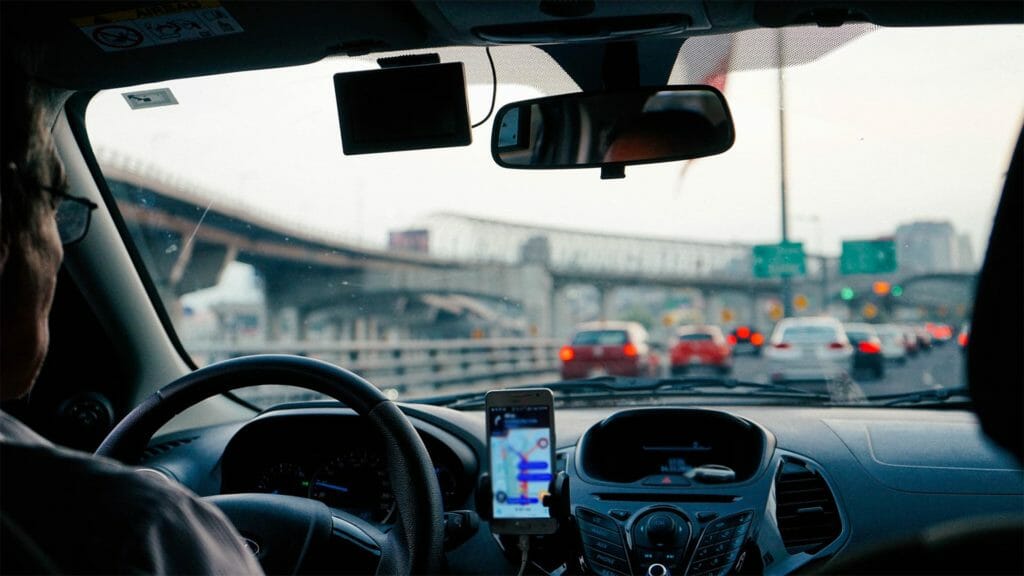Involved in a multi-car collision in Ontario: Everything you need to know
March 29, 2022

Pile-ups & multi-car collisions in Ontario: Fault, claims, and compensation explained
Do you have questions about multi-car collision lawsuits in Ontario? Learn more about car insurance fault determination rules, filing a claim and how to seek compensation in this article.
Multi-vehicle collisions are unfortunately a common occurrence in Ontario. The number of transport trucks on the roads, traffic congestion and severe weather events increase the likelihood that people in smaller vehicles will suffer injuries.
| You Need to Know This if You’ve Been Injured in a Car Accident Eight things you should do to safeguard the compensation you are owed |
How multi-car collisions differ from typical motor vehicle accidents
Determining who is at fault in a multi-car accident can be complicated. The cause of the accident may be a single vehicle, or several drivers may have been negligent, and the actions of each need to be assessed. There are several ways that multi-car collisions differ from typical motor vehicle accidents:
- Multiple defendants, lawyers and insurance companies are involved. This is a complex matter and determining liability is often challenging.
- Investigations and analysis by law enforcement officials, emergency responders and insurance companies are often required. This sometimes results in more fulsome reports being available to help determine who is at fault.
- To prove your claim or challenge the car accident fault determinations, the sequence of events is important as more than one party can be held responsible for a multi-car collision.
- Underinsured drivers who are at fault often create an unjust result because multiple claimants must share the limits available under the insurance policy. Each claimant may lose the benefits of the Uninsured/Underinsured Motorist Coverage that they purchased.
| How Do Insurers Determine Fault? By using the drivers fault chart and applying rules that best match the collision you have been involved in. |
Compensation for your injuries and property damage
So, how will you be compensated if you are injured in a multi-vehicle collision?
Like any motor vehicle accident, your priority should be to promptly file an accident benefits claim with your insurance company. Learn more about how to do so in these articles here and here.
If another driver or multiple drivers are at fault for the collision, then you can also advance a lawsuit against the at-fault parties to seek compensation for your damages arising from the accident. Learn more here.
The calculations for these damages are often complex and require a lawyer to present evidence, investigate liability, strengthen the claim and secure compensation. When there are multiple vehicles/drivers at-fault for the accident and your resulting injuries, they are responsible to compensate you for the percentage they are at fault.
If your car has been damaged in the collision, the car insurance fault determination rules (also known as the DC-PD rules in Ontario) under the Insurance Act are used to assess fault. In a no-fault claim, Direct Compensation for Property Damage insurance (DC-PD) provides you with compensation when your car is damaged in an accident that you didn’t cause.
Insurers carefully review the details to determine who is at fault in a chain reaction accident in Ontario and to what degree. If there are multiple vehicles involved in a chain reaction accident, each driver will be assigned a degree of liability.
What to do after a collision and should you pursue a lawsuit for a multi-car collision in Ontario?
Notify your own insurance provider for direct compensation of property damage and to submit an application for accident benefits. This coverage is mandatory for all basic auto policies.
In addition, you should also:
- Gather contact information from others that were involved in the accident (potential witnesses), document the circumstances of the accident and take pictures if possible.
- Be vague when describing the collision in your property damage and accident benefit claim. In Ontario (a no-fault system), the detailed circumstances of the accident are irrelevant to your entitlement to compensation for loss. Provide a basic understanding of your injuries, but in a general sense.
- Keep all medical records and receipts.
- Do not accept fault or assign blame.
If you were injured in the collision and another driver(s) is at-fault, you should contact a lawyer to discuss pursuing a lawsuit. Schedule a free, no-obligation consultation to ascertain the compensation owed to you, and if filing a lawsuit for a multi-car collision in Ontario is the best course of action.
Share this








